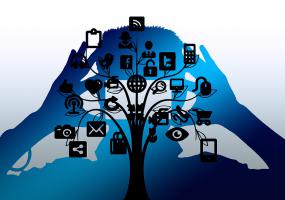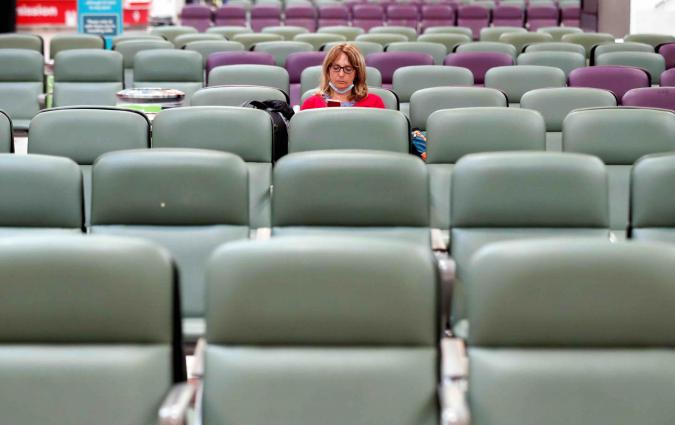Digital News and the Consumption of Political Information
In this chapter, the authors present a strategy to obtain metrics that can help us analyze patterns of news consumption as they change across national contexts, demographic groups, and digital platforms. To do so, they focus on how much overlap news sources have in the audiences they share. They use that overlap to build audience networks that allow to determine the strength of fragmentation in news consumption.
From Mark Graham and William H. Dutton (eds). Society and the Internet. How Networks of Information and Communication are Changing Our Lives. Oxford: Oxford University Press.
Abstract: Digital technologies have caused a tectonic shift in how we obtain news. Mass media have given way to multiple forms of networked communication that offer access to personalized information, tailored to our individual preferences. The nature of the current media landscape is often encapsulated in the image of a “balkanized” public space divided by “echo-chambers”, an analogy that has been revived with newer metaphors, including “filter bubbles” and “algorithmic gatekeeping”. In this chapter, we present a strategy to move beyond metaphors and obtain metrics that can help us analyze patterns of news consumption as they change across national contexts, demographic groups, and digital platforms. Our focus is on audience behavior and, in particular, on how much overlap news sources have in the audiences they share. We use that overlap to build audience networks that allow us to determine the strength of fragmentation in news consumption.






